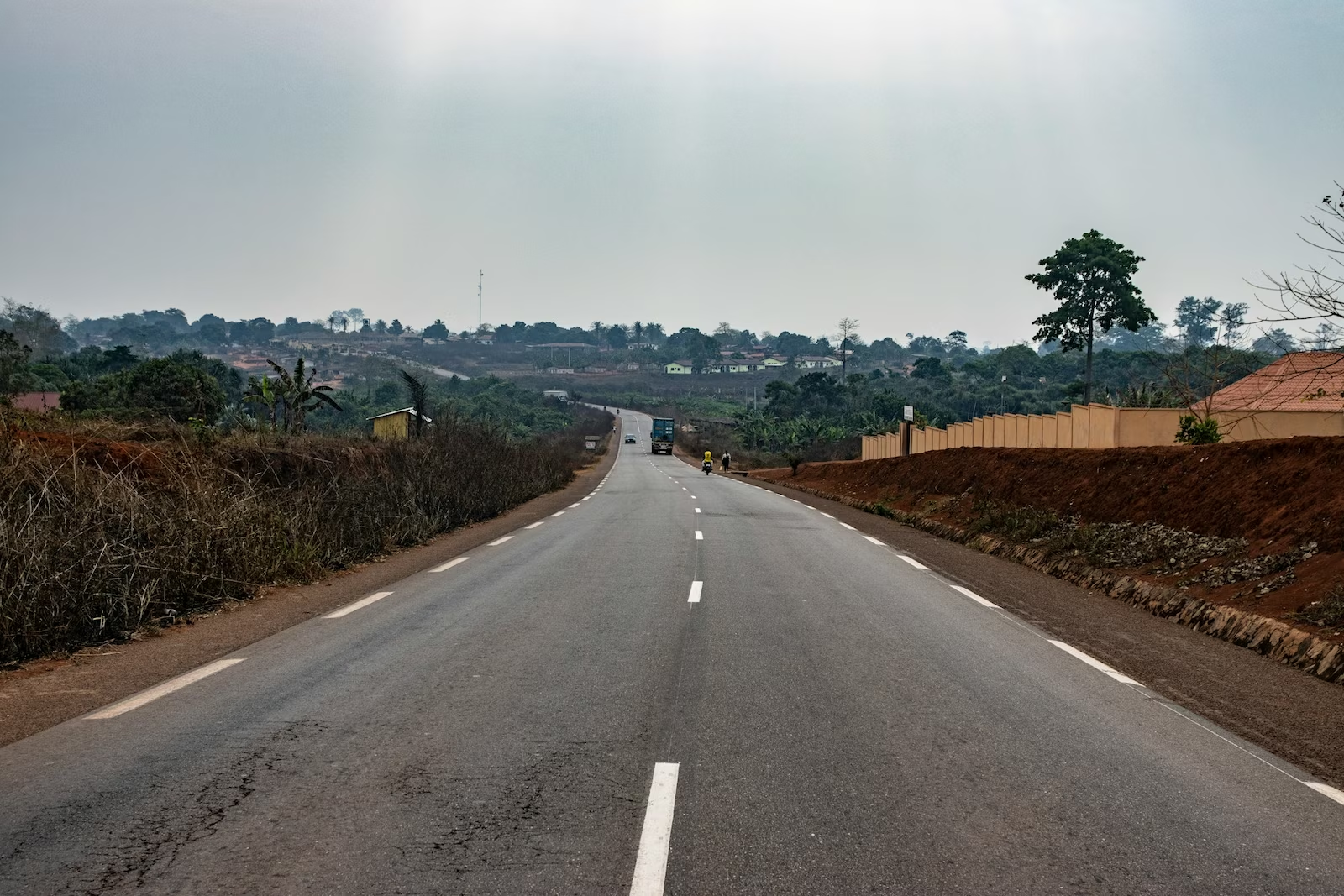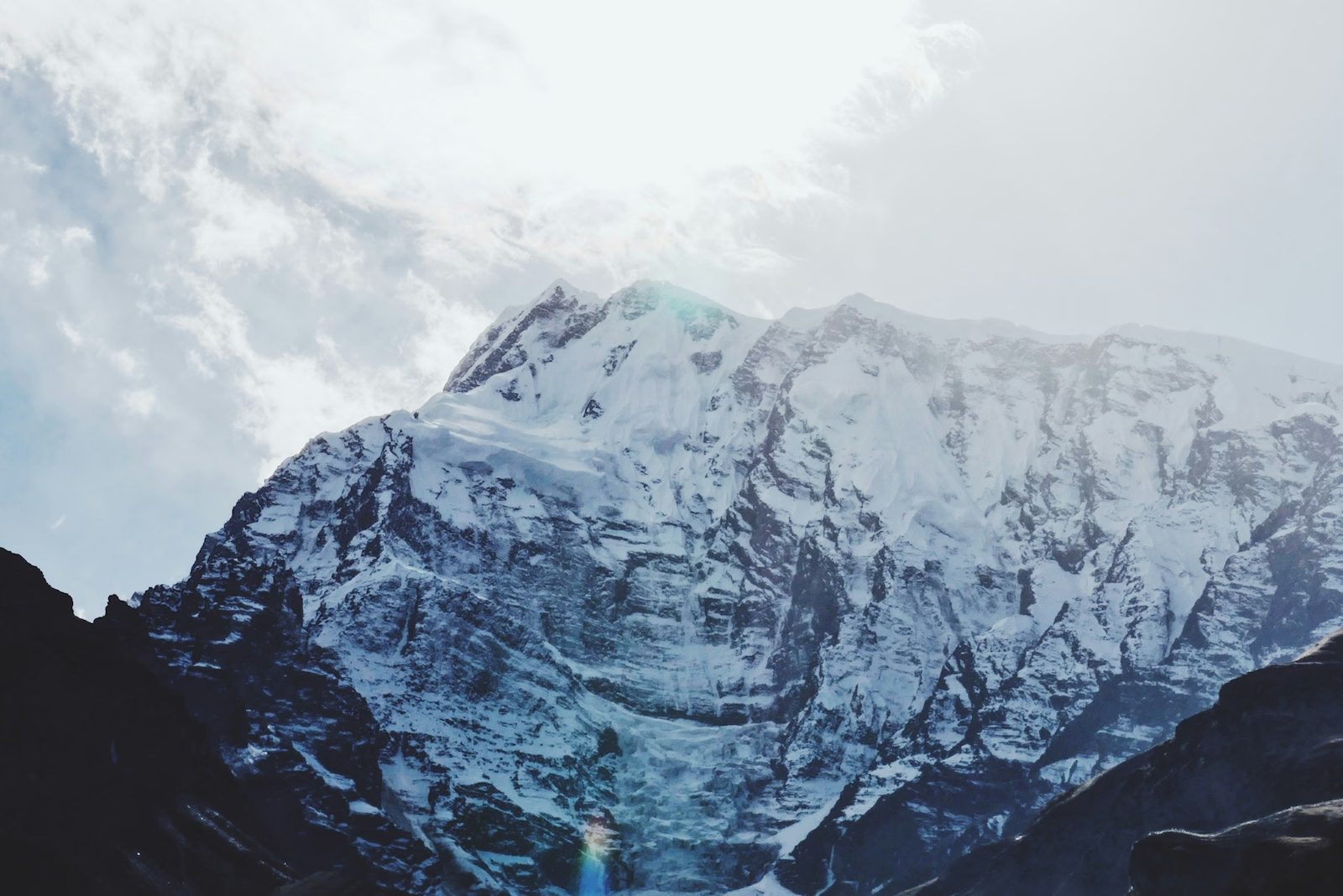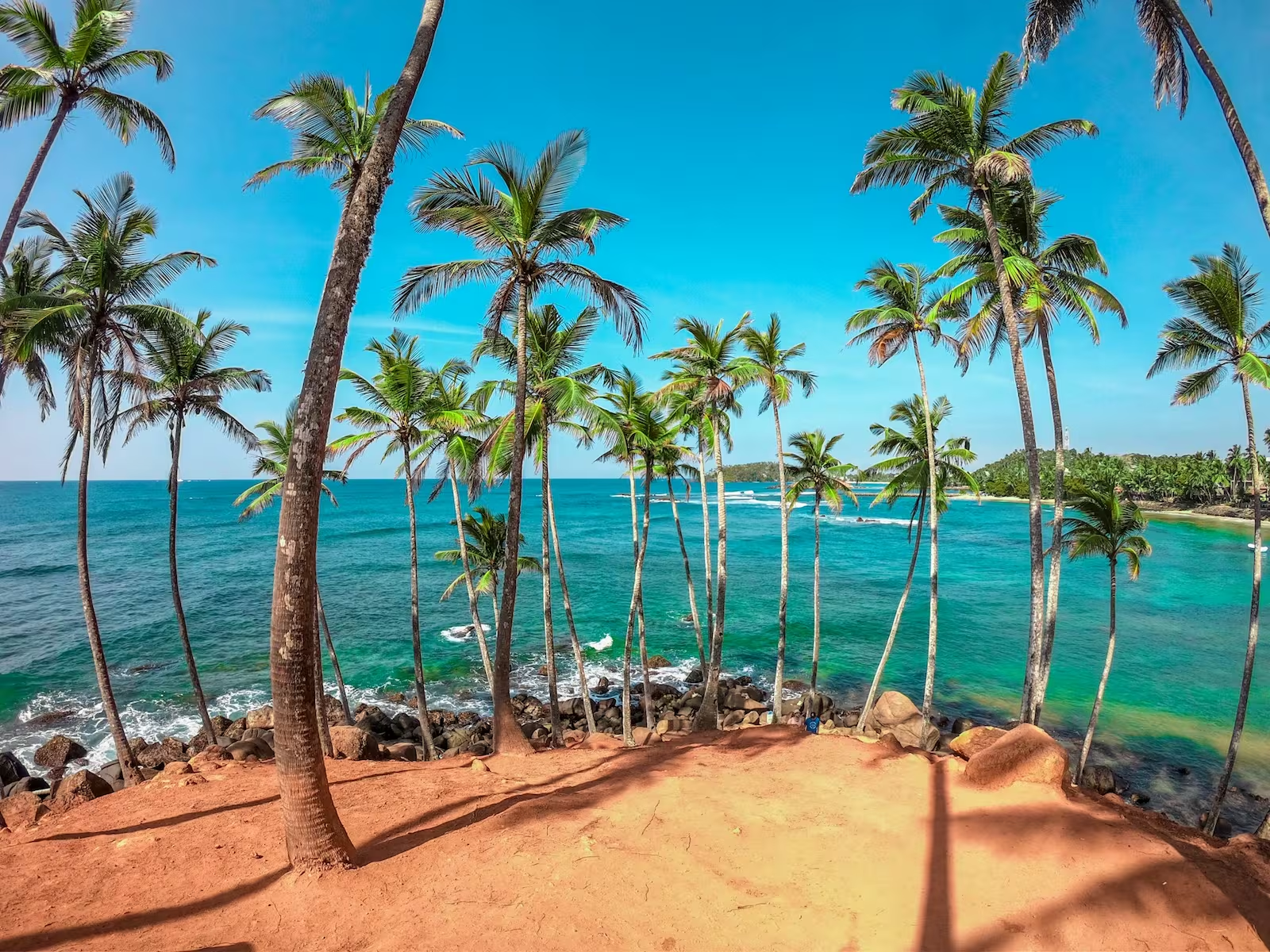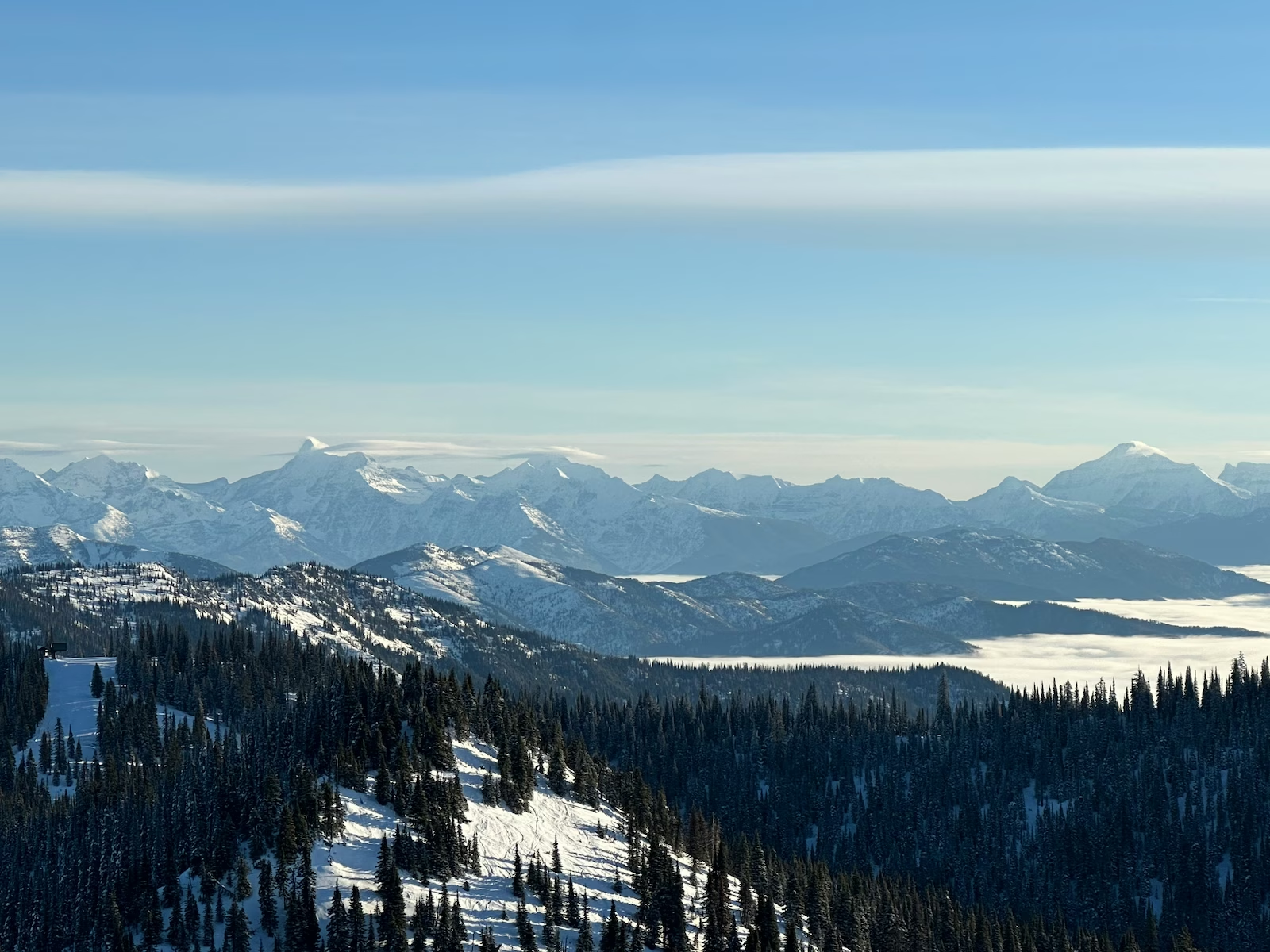So, you’re considering a safari road trip, arguably one of the most spectacular viewing experiences on earth? From spotting “the big five” to the Great Wildebeest Migration, some of the world’s most jaw-dropping natural phenomena can be witnessed from the comfort of an expertly guided vehicle, so long as you know where to look. Best safari plans are laid out up to a year in advance, so now is the best time to start planning your ultimate safari adventure for next summer!
Where to Go:
It’s easy to forget just how vast the continent of Africa is. Saying you want to do a safari in Africa is a bit like saying you fancy going for a walk in Asia. How on earth do you pick a destination? In general, the best regions for great game spotting are Southern Africa and East Africa, due to their greater concentration of the big five (leopards, lions, buffalos, elephants and rhinos) and their beautiful national parks and game reserves.

Southern Africa
When planning your trip, particularly if this is your first-time doing safari, it’s best to limit your plan to 1-2 countries. Since distances between regions are so vast in Africa, it makes sense to maximise your experience in one place, without wasting precious days on travel. Southern Africa comprises of South Africa, Namibia, Botswana, Zambia and Zimbabwe, with most visitors flying into Johannesburg or Cape Town and getting a regional flight north.
The benefits of southern Africa are:
- Highest concentration of the big five
- By far the best tourist infrastructure
- More accessible for first-timers or self-drivers
- Diversity of other activities on offer
- Can be combined with city tours in South Africa
The best parks to visit in Southern Africa are:
- Kruger National Park (South Africa)
- Chobe National Park (Botswana)
- Luangwa Valley National Park (Zambia)
- Bwabwata National Park (Namibia)
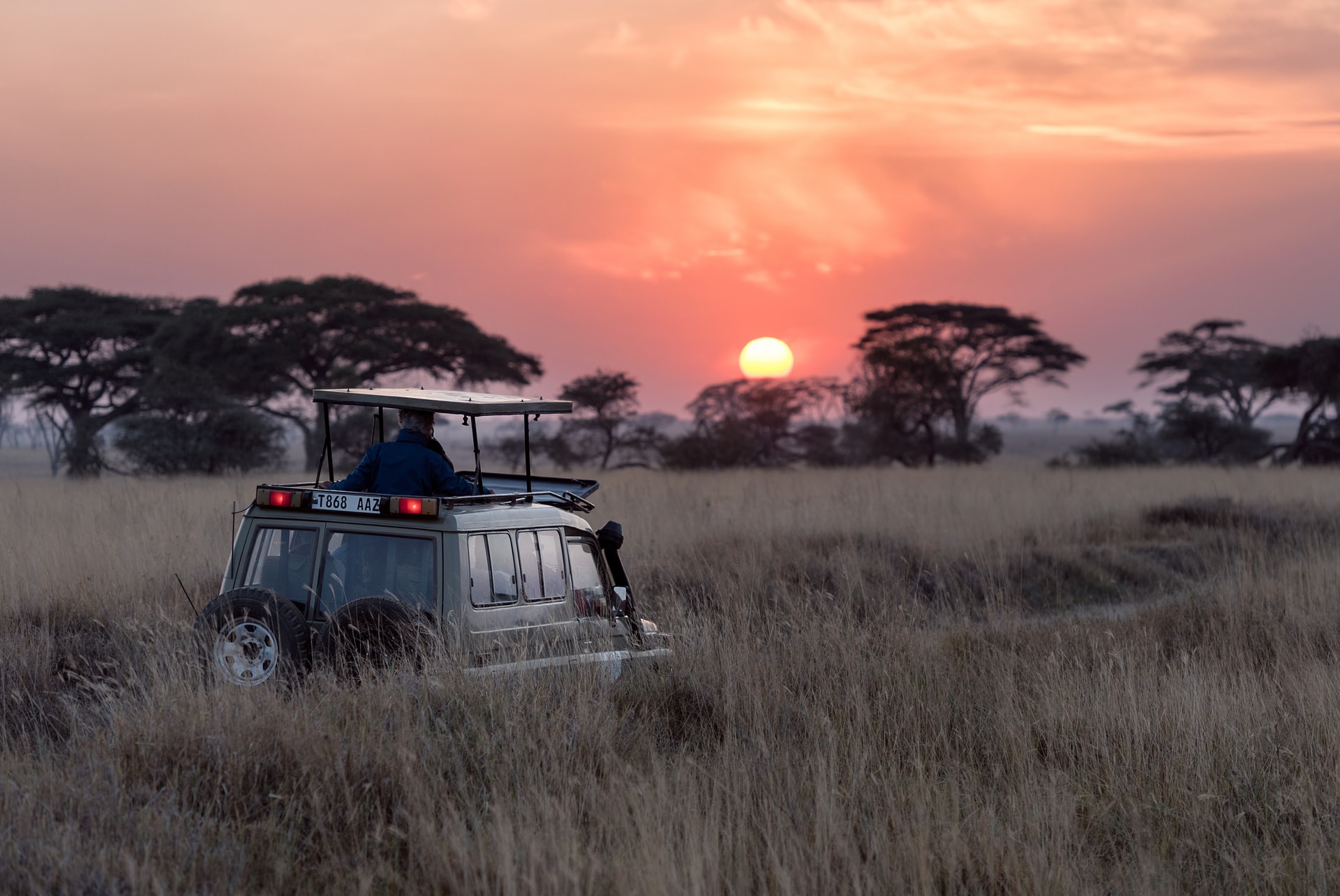
East Africa
Compared to southern Africa, East Africa is less built-up and more remote. This has the downside of making it harder to navigate, with less tourist infrastructure and fewer tour options. However, if you can embrace the challenge, the reward is access to some of the most spectacular, unrestricted expanses of open wilderness. It is here that visitors can witness The Great Migration, where thousands of wildebeests, gazelles and zebras make their annual clockwise migration between Kenya and Tanzania in search of food and water. Witnessing this spectacular wonder of nature is truly a once in a lifetime opportunity, and the jewel in the crown for any safari lovers bucket list.
East Africa comprises of Kenya, Tanzania, Rwanda and Uganda, and the benefits include:
- Spectacular untouched nature
- Less tourism
- Opportunity to witness The Great Migration
- More striking landscapes
- Less expensive
The best parks to visit in East Africa are:
- Maasai Mara (Kenya)
- Serengeti (Tanzania)
- Ngorongoro Crater (Tanzania)
- Volcanoes National Park (Rwanda)
Game Reserves or National Parks?
There is also a difference between game reserves and national parks. Choosing to visit a national park has the benefit of giving you a glimpse of animals in their natural state, following their natural migratory patterns. On the downside, you are at the mercy of the movements of the animals, without any guarantee of what you will be able to see. Game reserves on the other hand are smaller, more controlled areas, where animals are fenced in. That may seem a little un-safari, but these regions generally still span hundreds of acres, giving you the same experience of animals in the wild, whilst allowing guides to better predict where the animals might be.

When to go:
Depending on where you are hoping to go, it is important you time it with the right season (or vice versa). The two key seasons to be aware of, are the dry and the wet season.
Dry season:
The dry season spans from June to September and is when temperatures get the hottest. Rainfall is rare, vegetation dies, and temperatures can easily average over 40-degrees Celsius. Despite the heat, this is the busiest season for safaris, since the lack of rainfall draws animals out to lakes and watering-holes, making them easier to spot. There is also much less vegetation and greenery for animals to hide behind.
Rainy season:
The rainy season spans from December to March and is much cooler. The vegetation grows, and the landscapes become lush and green. This is the off-season for safari tours, which can be a good thing and a bad thing. Tours tend to be cheaper, resorts less busy and the temperatures more pleasant. However, game can be much harder to spot. The roads are also harder to drive down during these months, since the rain decays the dirt tracks. For this reason, some of the more remote lodges shut down for the season.

Tour or Independent?
When considering this question for travel in general, most advice wholeheartedly recommends going independent. However, as highly organised and complicated tours, safaris are much easier (and often even cheaper) when booked through a tour. This is because guides tend to have close relationships with lodges and hotels, who can negotiate the best rate for their guests. Needless to say, driving out into the Serengeti without an intricate knowledge of the roads, animal migratory patterns and landscape features is unlikely to be a relaxing, informative and eventful (let alone safe) experience!
To take the stress away from finding the right guide, transport, lodging and information, it is best to let a tour operator do the work. Though finding the right company takes research and careful consideration, three companies we’ve found that offer affordable, exciting and sustainable packages are:
Responsible Travel – Well-established global tour company. Responsible Travel are special in that they only partner with local lodges and guides that meet their sustainability goals.
Leadwood Holidays – An excellent Kenyan safari company, ensuring your tourist dollar goes directly to local communities.
Tanulia Mara – Located within the Maasai Mara region, this camp is unique in the area in that it is 100% locally owned and run. This means your stay both contributes to the local economy, and your exploration of the area is in the best hands.

Before you Set Off:
Jabs:
It is generally encouraged that those visiting Africa should be up to date on their Tetanus, Typhoid and Hepatitis A & B jabs, as well as Yellow Fever. Many people also choose to take Malaria tablets. The two most popular tablets on the market are Doxycline and Malarone. Though Doxycline is generally cheaper than Malarone, it can have very uncomfortable side effects, from dry skin to nausea, so Malarone is perhaps the better choice. Otherwise, provided you bring appropriate mosquito nets, bug spray and long-sleeved clothing, you can often protect yourself without having to take tablets.
Cash:
Most places throughout Africa, from lodges, to hotels, to side of the road restaurants, are happy to take US dollars. However, very few places take credit cards outside of major cities, so bringing plenty of cash is important. Cash can also be converted in most places, even if in a very small town.
Tipping is an important aspect of safaris, since guides often rely on it. The general rule of thumb is to offer a $5-10 tip per person per day. This can be paid at the end of the tour and offered as one combined group payment or individually.
Packing:
Those traditional tan safari outfits aren’t just for fashion, it’s very important that you wear beige and khaki colours when on safari, to prevent attracting the attention of animals! It is recommended that visitor’s pack lightweight, neutral toned clothes, making sure to be prepared for the varied weather. Trips out into the wilderness often involve very early starts, so ensure you have your fleeces and layers for those pre-sunrise hours – even in the middle of the dry season.
Packing the right shoes isn’t as important as one might think, since most days are spent comfortably seated in a vehicle. However, if opting for a walking safari, make sure you’ve invested in good walking boots.
To protect yourself from the sun, pack a good old-fashioned safari hat, sunglasses and of course, plenty of sunscreen.
Finally, make sure you’ve packed the most important item of all – a good pair of binoculars!

What Else?
When planning your trip, it’s easy to get fixated on the game spotting element, but Africa has so much more to offer. Take a hot air balloon ride over the Serengeti, a helicopter ride over Victoria Falls or cruise the Okavango Delta in Botswana. Many visitors combine a safari with a city trip to bustling Cape Town in South Africa or go remote to visit a traditional Maasai village in Tanzania (perhaps read this well-discussed article first on the ethics of village visits first). Wherever you decide to visit, make sure to step outside of your lodge and explore everything the region has to offer. Practice sustainable travel by booking through local tour companies, make sure to tip your guides and get ready for heart-stopping encounters with the epic natural wonders of Africa.
Starting from Skratch? Here Are a Few Tips to Get Started:
https://theworldpursuit.com/plan-safari-africa/
https://www.safariventures.com/planning-an-african-safari-trip-step-by-step/







